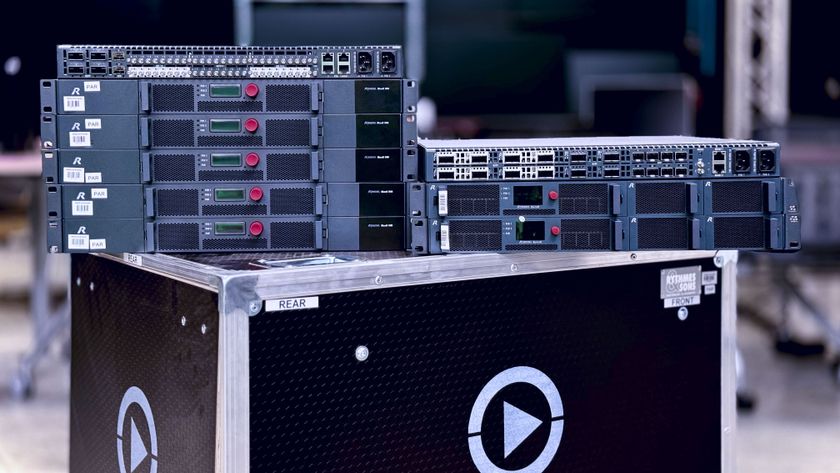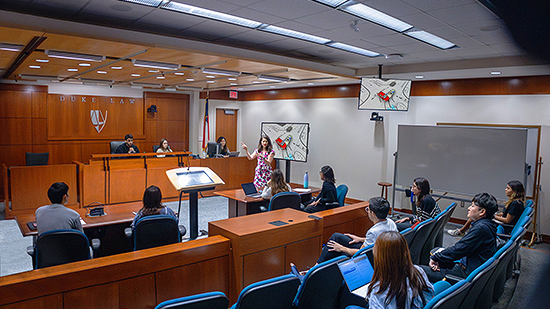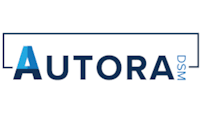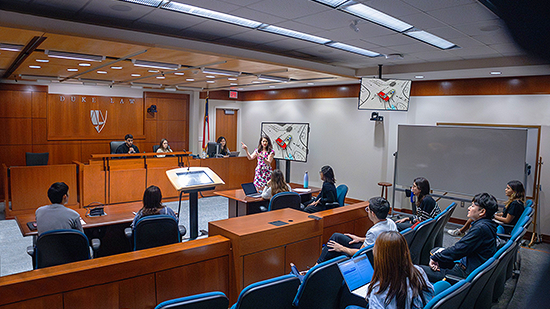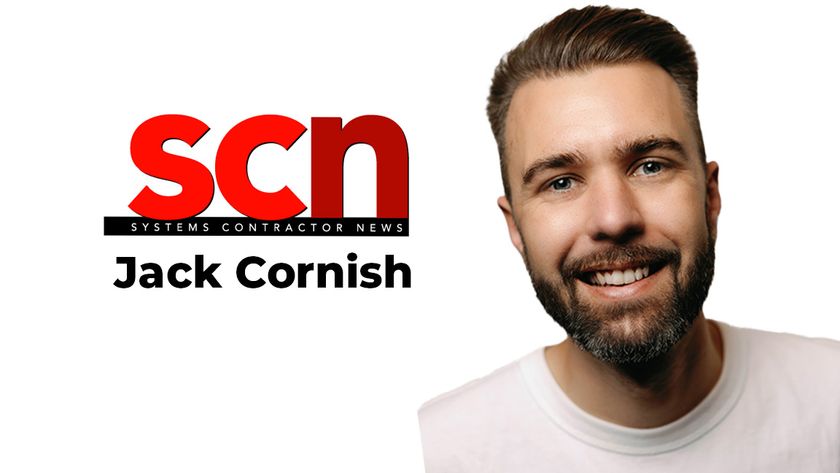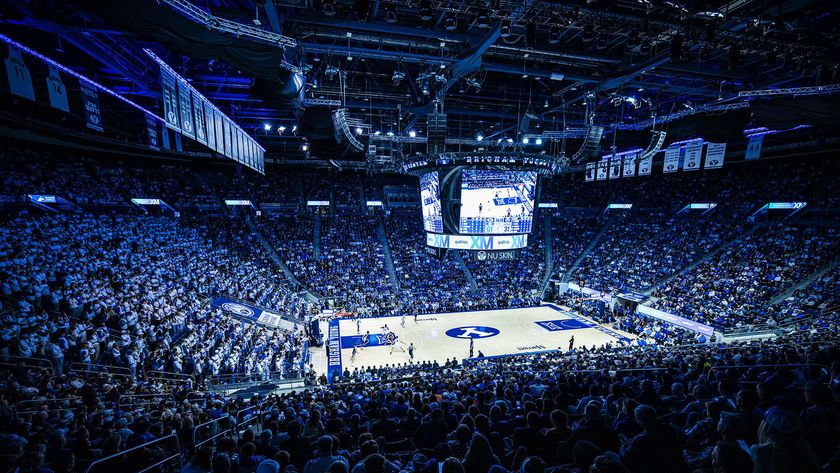One of the nation's most venerable venues is getting a technical facelift. The Filene Center at Wolf Trap National Park for the Performing Arts, known to fans simply as Wolf Trap, recently received an extensive Cat-6E Ethernet and fiber optic backbone, says staff audio tech/stage monitor engineer John Burke.
"The Ethernet is a managed system, installed and designed by head electrician Henry Parks, Burke says. "The installation and testing of the 12-strand single and multi-mode fiber optic networks was not completed until midway through our season, so we have not yet had the opportunity to use the backbone in a show setting. But if we purchase the DiGiCo D5 and D1 we are testing for FOH and lawn mix locations we will route the Opticore system through our fiber backbone."
The D5 purchased for stage monitor location is currently running on coaxial cable via the console's MADI busses, and will probably remain so, he says, in that the runs from the control surface to the stage racks will stay under 100 meters.
"The lawn and house mix positions are pretty well isolated from each other, so having a separate lawn mix is really important when we are producing acoustical shows for The National Symphony Orchestra or the Boston Pops, where the house relies on the acoustic power of the performers, but Gavin Pearce, our staff audio technician/lawn sound mixer must rely on microphones," Burke says.
The DiGiCo D5 replaced a 15-year old Ramsa 840 monitor console showing signs of wear and tear. "Some artists refused to use the 840," he says, "and on multiple act shows I would have to install a slave console. I wanted 80 inputs of an analog or a digital board. We tried both the Yamaha PM1-D and DiGiCo and they are both great systems. I prefer the DiGiCo operating surface, and at the time the purchase orders were issued, it was the only console with a working fiber optic system and gain tracking software across multiple consoles."
Head audio tech Jens McVoy deferred to the team for a final decision. "Our FOH engineer Dave Heffelfinger and I demo'ed the PM1-Ds in a show setting but I was the only one with the D-5 and only on monitors," Burke says. "Purchase decisions on the D5 and D1 for lawn depend on funding from the National Park Service. We still have a PM4000 for FOH and Yamaha DM2000 for the lawn."
When Wolf Trap was designed, some 25 years ago, an active splitting system with 13 db of gain made sense, he says. "With the DiGiCo console, we can do away with the active splitting system on a daily basis, and install a standard transformer-based splitter on an as-needed basis."
Another change is the addition of Lake Mesa, replacing a BSS Vari-Curve. "For the past 10 years, Wolf Trap used an extensive Varicure/ OmniDrive system with a wireless controller to make fine adjustments to the various coverage zones (up to 12) of the speaker system during shows," Burke says. "The Lake Mesa is the most advanced comprehensive networked wireless-ready EQ system available. Not to mention the system is already widely used by touring companies, so the interface is familiar to visiting engineers."
For performing arts centers that need flexibility, digital consoles are the way to go, he says. "We've had a lot of visiting engineers and no one has had a problem with the DiGiCo. By the second song of the show, all the engineers were fine with it. They were converts to its ease and flexibility. It's a lot of fun to mix, the only way to go."

